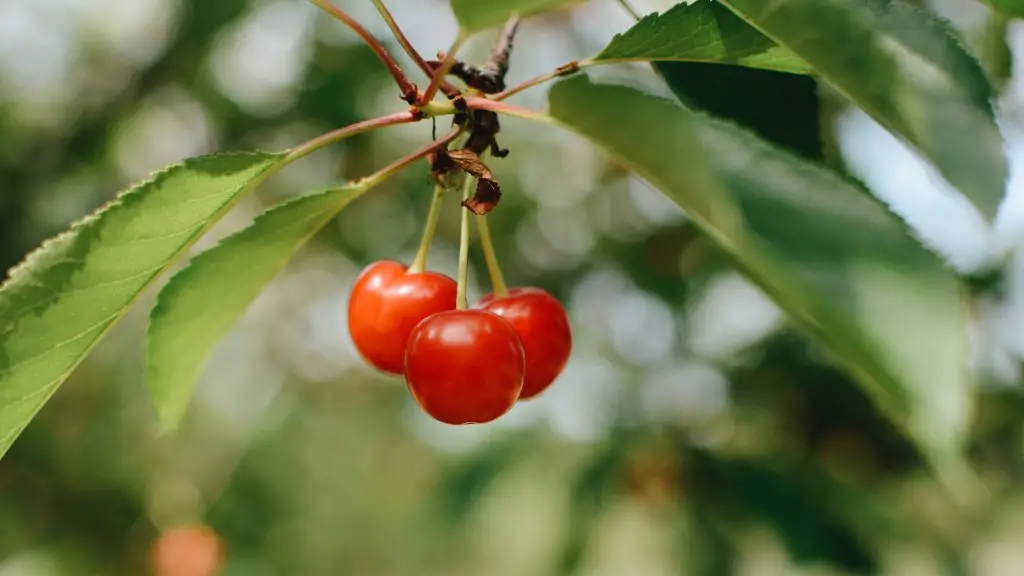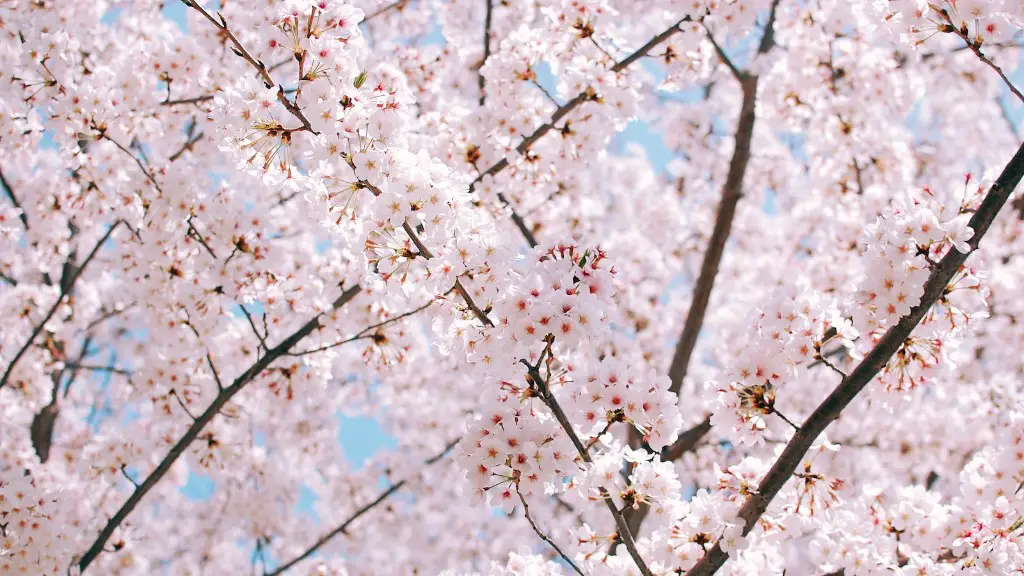Cherry Tree Varieties
Cherry trees are a tasty, attractive, and low-maintenance addition to any garden. They come in several varieties, making it easy to find one to fit your needs. The main types of cherry trees available are sweet cherries, tart cherries, and dwarf varieties. Before you decide which type to plant, it is important to consider the type of cherry you want, your location, and the size of your yard.
Sweet Cherries
Sweet cherries are the most popular type of cherry tree for home orchards. Sweet cherries include the varieties commonly found in grocery stores and farmers markets, like Bing and Rainier cherries. Sweet cherries tend to be larger and have a higher sugar content than tart cherries. Sweet cherries require a lot of sunlight and warm climates with at least 8-10 hours of sunshine while they are in bloom. They can also be difficult to grow in cold climates since they are prone to frost damage.
Tart Cherries
Tart cherries have a much more sour flavor compared to sweet cherries and are often used in baking and cooking. Tart cherries are more disease-resistant than sweet cherries and tend to be hardier in cold climates. Tart cherries may require more pruning and pest control than sweet cherries. Tart cherries also require more sunlight and may need to be in an area that gets at least 9 hours of sunshine when in bloom.
Dwarf Varieties
Dwarf cherry trees are a great option for smaller yards or gardens. These trees are typically grafted onto dwarf rootstock, making them easier to manage and grow. Dwarf cherry varieties include cherries like the dwarf North Star and the dwarf Lapins. Dwarf cherry trees tend to be more disease-resistant than other varieties and can be a great option in colder climates.
Soil Requirements
It is important to consider soil conditions when choosing a cherry tree. All cherry trees prefer well-drained soil that is slightly acidic. Soil should have a pH level between 6 and 7 for best results. If soil is not well-drained, consider planting your cherry tree in a raised bed.
Pruning and Care
Cherry trees require occasional pruning to keep them healthy and to produce high-quality fruit. Pruning should be done in the winter months when plants are dormant. Proper pruning of cherry trees can help increase fruit production, improve air circulation, and reduce disease problems. Pest control is also important to keep cherry trees healthy. Insects such as aphids and Japanese beetles can cause damage to cherry trees and should be controlled with an insecticide.
Factors To Consider
When choosing a cherry tree, it is important to consider your location, the size of your garden, and the type of cherry you would like to grow. Sweet cherries require more sunshine and warmer climates than tart cherries and may not be the best option if your area is prone to frost damage. Dwarf varieties are a great option for smaller yards and tend to be more disease-resistant. Soil type and pH level is also important for cherry trees and should be considered when selecting a variety.
Harvesting Cherry Fruit
Harvesting cherry fruit takes some patience and practice. The best time to pick a cherry is when the fruit has reached its peak color and is still slightly firm. Care should be taken not to damage the fruit when harvesting. Since cherries are susceptible to rot, it is best to pick them just before they are ripe and let them ripen off the tree.
Planting Tips
When planting a cherry tree, it is important to select a location that has plenty of sunlight and is protected from wind and frost. Dig a hole twice as wide and deep as the roots of the tree. To provide nutrients, add compost to the soil that is being dug out of the hole. Backfill with soil, making sure to fill any air pockets. Water the newly planted tree with a slow, steady stream.
Cherry Tree Diseases
Cherry trees can suffer from several diseases, including bacterial canker and brown rot. Bacterial canker is a bacterial disease that can lead to the decline of a cherry tree over several years. Brown rot is a fungus that can cause fruit to become soft, discolored, and covered in spores. Prevention and early detection are the best methods for dealing with diseases on cherry trees. Proper pruning and pest control can also help prevent or reduce the incidence of disease.
Rootstock and Grafting
Rootstock and grafting are important to consider when selecting a cherry tree. Rootstock is the lower portion of a tree that provides the root system. Grafting involves joining one plant to another. For example, a cherry tree with a stronger rootstock may be joined with a cherry variety that produces higher quality fruit. Referencing a diversity chart can help determine the best rootstock and grafted variety to select.
Mulching and Fertilizing
Mulching helps keep roots cool in the summer and warm in the winter. Spread a 3-7 inch layer of organic mulch such as compost or wood chips around the base of the tree. Fertilizing is also important for cherry trees. Fertilize with a slow-release fertilizer in the spring and then again in the late summer or fall after harvesting the fruit.
Harvesting Equipment and Storage Options
When harvesting cherries, it is important to use the proper equipment. Using a ladder, pruning shears, or a handheld fruit picker are all great options for harvesting cherries. Cherries need to be stored in a cool spot away from direct sunlight. The best storage option for cherries is an airtight container in the refrigerator.

